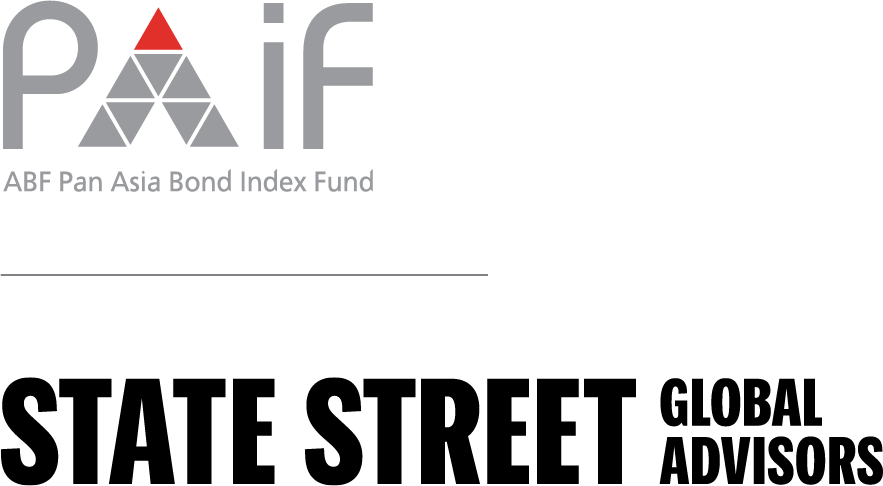U.S. election around the corner: The impact of Trump vs. Biden on Asian bond markets
With less than two months to go before U.S. voters head to the polls, investors are increasingly paying attention to how bond markets could react should Democratic nominee and former vice-president Joe Biden unseat incumbent Donald Trump and win the presidency. Our view is that no matter which candidate wins on 3 November, the positive backdrop for Asian fixed income will remain intact.
Major policy differences between Trump and Biden
If Trump secures a second term, we expect a continuation of his existing policies, with the White House championing Wall Street, tax cuts, and relief from corporate regulations. What’s more, his bullish foreign policy towards China would likely be maintained.
For Joe Biden, much of the focus thus far has been on domestic strategies, with talk of income redistribution and higher corporate and capital gains taxes. Internationally, a Biden victory is seen as positive for Asia, given his less bullish stance towards China. In particular, an easing of trade tensions would see a shift in tone across the region—even if current tariffs against China were not immediately removed, the more placid climate would be positive for volatility in regional currencies, especially the yuan, which should see inflows return.
Turning to the U.S. dollar, which has been coming off a nine-year peak since March and is now down around 9%1. Whatever happens in November, there is little chance it will lose its safe-haven status, and capital outflows are expected, especially as investors reallocate to the faster economic growth in emerging markets.
The future direction of interest rates
The low interest-rate environment pursued by the U.S. Federal Reserve (Fed) is not in any danger of shifting to a forward gear. Since coming to office, President Trump has encouraged the Fed to keep rates in check—since March, short-term interest rates have remained incredibly low. And in a change of policy for the central bank dubbed average inflation targeting, Chairman Jerome Powell said that he would accept higher rates of inflation for a time before responding with rate hikes.
Indeed, mid-September saw the Fed leave interest rates unchanged with a target range of 0%-0.25%, noting that they will likely to remain at this level until at least the end of 2023.
Biden is unlikely to stray far from this position. Although his approach to the U.S. economy differs from that of Trump, monetary policy will remain loose.
This backdrop is ultimately supportive for emerging-market debt, as, with U.S. interest rates at near zero, investors will look elsewhere for any kind of yield.
Supportive Asian central-bank policies
Emerging-market debt is also being underpinned by the authorities in Asia. Central-bank policy across Asia has been reactive, accommodative, and has supported liquidity.
Interest rates have been cut across the board in Asia. This action, coupled with the growing use of Bond Connect and the introduction of Chinese government debt onto international indices, has also provided a boost for Asian bonds.
With the Fed’s rates at almost 0% and some European government debt at a negative yield, the attraction of Chinese debt is clear. A Biden win at the ballot box heralding a more serene climate means that net monthly inflows into China’s bond market, which totalled almost US$11 billion in July 2020, could continue to rise2.
Strong demand for high-quality debt
Although there is now talk of a post-pandemic world, the reality is that investor attention remains focused on investment-grade debt—a situation that is unlikely to change in the foreseeable future.
After the initial panicked lockdowns, sovereign issuers in Asia were swiftly out of the gate. At the height of the COVID-19 crisis in early April, Indonesia was able to print a US$4.3 billion three-tranche bond that saw books more than two-and-a-half times covered3.
Only a couple of weeks later, the Philippines was able to get away with a US$2.35 billion double-tranche 10-year and 25-year bond with pretty much no new issue premium4. Investors found the 2.465% and 2.95% yields on the two tranches sweet enough4.
A substantial pickup over U.S. Treasuries
For Asian local-currency bonds, although yields have retreated—Malaysia’s 10-year local currency bond yield has fallen by more than 20bps since July—a definite yield pickup over U.S. Treasuries will remain5.
For Malaysia, that figure currently stands at more than 200bps, while for China it is almost 250bps5.
That attraction has seen investors shift their attention to local currency bonds.
The result of the U.S. election may be too close to call at the moment, and estimates are likely to swing back and forth until polling day. But no matter who inhabits 1600 Pennsylvania Avenue, investors may well find the returns and the diversification they want in Asia’s debt markets.
Written by Kheng Siang Ng
Asia Pacific Head of Fixed Income, State Street Global Advisors
Visit www.abf-paif.com* for our latest insights and investment ideas for Asian fixed income.
Read more Asian Bond Watch articles here:
Asian Fixed Income Continues the Resurgence
Asian Bond Watch: Riding the Emerging Market Debt Bounce-Back
Why Asian Local Currency Fixed Income is a Valuable Addition to a Portfolio
Asian Bond Watch: A 15-Year Retrospective Tells a Remarkable Growth Story
Asian Fixed Income: Pockets of Opportunity
